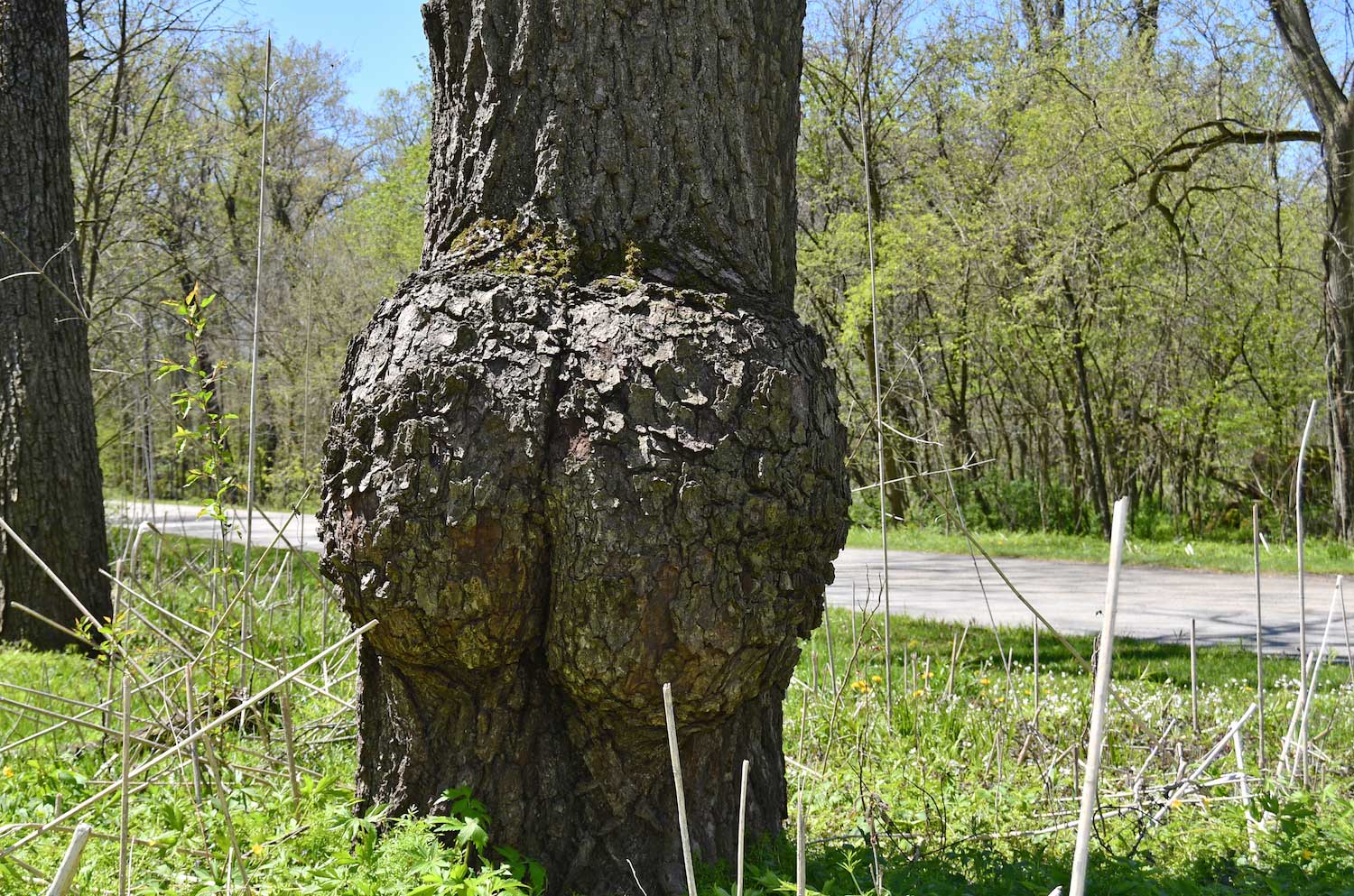Tree burls create optical illusions in the forest

If you've ever walked through a forest here in Illinois and thought you saw a monkey climbing a tree or a bear resting high above the ground, chances are it was a tree burl playing tricks on your eyes.
Tree burls are large, woody growths on a tree's trunk, according to the University of Maryland Extension. They can grow quite large — up to 3 feet in diameter — which sometimes gives them a distinct appearance of being something else entirely.
The burls form as a result of abnormal growth of xylem, which is the vascular tissue in plants that allows water and nutrients to travel up from the roots. When the xylem begins growing abnormally in that part of the tree, it alters growth hormones, which allows the growths to develop more rapidly in that specific area than in the rest of the tree, according to the U.S. Forest Service.
Burls are usually the result of a tree experiencing stress, although the exact cause often can't be determined. They can be caused by many factors, including fungi, bacteria, insects and environmental factors such as freeze damage.
Most trees continue to grow normally and are otherwise healthy after a burl develops. Removing these growths isn't usually recommended because it can actually damage the tree, the Maryland extension advises. In some cases, the burls will develop sprouts, and these can safely be pruned without causing further damage to the tree.
Burls are sought after by some, who value the unique nature of these growths. In some areas, burls have been stolen from trees on public lands, including parks and preserves, the forest service reports. Woodworkers can use the burls to create a variety of home decor pieces, ranging from wooden bowls to countertops, according to the Wisconsin Department of Natural Resources.
In many areas, removing burls from trees is forbidden, because it can damage or even kill the tree. At preserves managed by the Forest Preserve District of Will County, cutting, removing, uprooting or destroying any tree or plant is prohibited in the General Use Ordinance.
